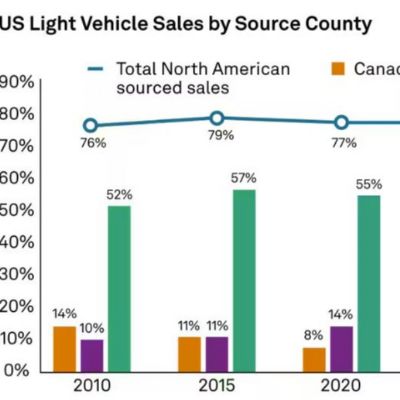Hot Air Fuels Wind-Energy Debate
June 1, 2009Comments
Don Quixote, that chivalrous adventurer of literary lore, can be considered the first to build up the power of windmills to mythic proportions, believing them to be menacing giants fit only to be slain. Nearly quixotic in their beliefs, many, especially in the economically battered Midwest, see wind energy as a savior. Not so fast.
“Ohio’s been bleeding jobs for the last eight years,” Kimberly Gibson, energy adviser to Ohio Gov. Ted Strickland, told the Associated Press at the American Wind Energy Association (AWEA) conference in Chicago in May. “The wind industry gives (manufacturers) a chance to diversify.”
The thought is that targeting wind energy can brighten the prospects of automotive suppliers. And wind energy certainly is being targeted. As the same AP dispatch states, the Ohio Dept. of Economic Development has counted more than 500 companies as active in, or entering, the wind-industry supply chain, with Gibson claiming that most of them are automotive suppliers either defecting or looking to diversify. Michigan tells a similar story, with roughly 700 manufacturers branching out from automotive to do wind-industry work, according to the Michigan Economic Development Corp.
Those with a financial stake in wind energy seek government intervention to buoy the industry. As AWEA states on its website: “The wind-energy industry seeks a national 25 percent renewable electricity by 2025 standard. This policy would provide a long-term commitment to renewable energy in the United States, giving businesses the certainty they need to invest in new wind-energy manufacturing facilities, and to expand current ones—creating tens of thousands of new American jobs.”
Sounds great, but reality and history should be cause for concern. Suppose that such a standard does result in “tens of thousands of American jobs.” Wind-energy production, and its supply, is less labor-intensive than other energy sectors. How many American jobs might perish as these other sectors get pinched? And simply mandating 25 percent renewable electricity does not make it so. Fact is, the technology as it stands now can’t provide such a percentage. Windmills require certain wind speeds to produce rated power and sufficient power storage is lacking, so if windmills aren’t turning, they aren’t producing.But wouldn’t such a requirement force innovation? Perhaps, but history is littered with government requirements that died on the vine because they were simply unworkable. Solar power was once the golden child, but science has yet to make it practical as a large-scale energy source. And in the automotive industry, higher mpg requirements, as the thinking went, would force automakers to design more fuel-efficient cars. Automakers have made strides, but nowhere near as long as the government had hoped. Instead, we print more money to float automakers, and see roads sprinkled with Smart Cars.
Also consider that, according to a report from the National Taxpayers Union, about 121,000 750-kW windmills would be required to provide just five percent of expected U.S. energy demand in 2020. Further, wind maps show that areas with sufficient wind to support windmill use often are prized scenic areas such as mountains and mountain gaps, seashores and the Great Lakes. And don’t forget that transmission lines must be installed to deliver that power from these scenic areas. Not entirely environmentally friendly.Does wind energy deserve a look as a means for metalformers to diversify? Yes. Can it replace automotive work? No—at best it’s a niche market.
Technologies: Management
Comments
Must be logged in to post a comment. Sign in or Create an Account
There are no comments posted. Management
ManagementSiemens Develops Expedite—Skills for Industry Microcredentia...
Thursday, June 5, 2025







